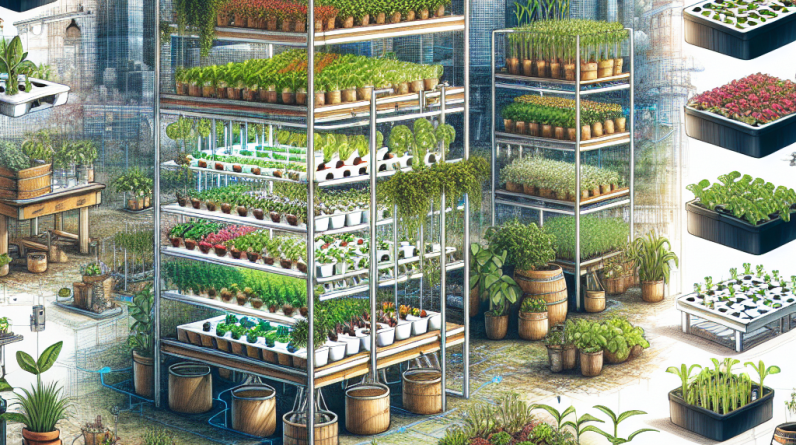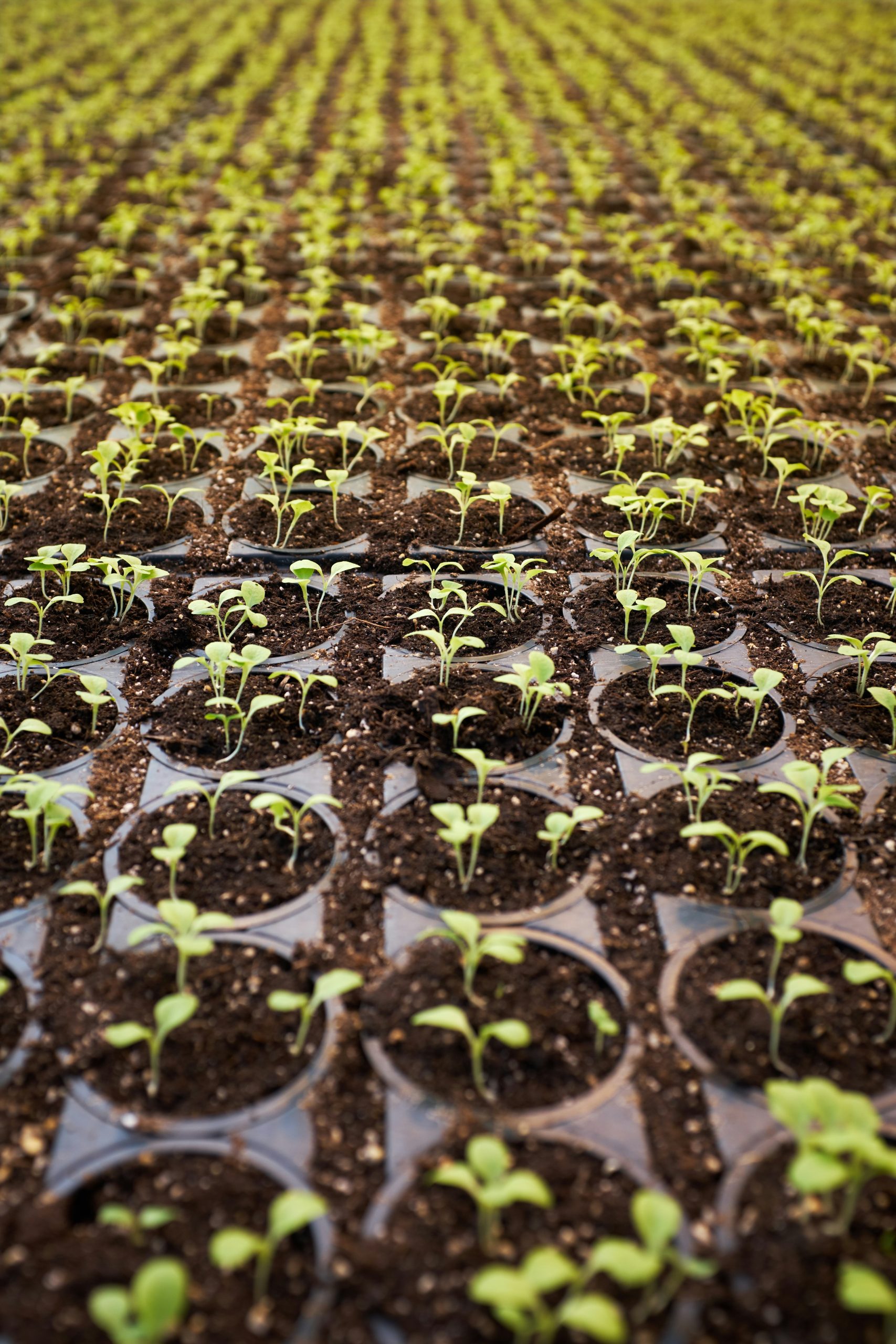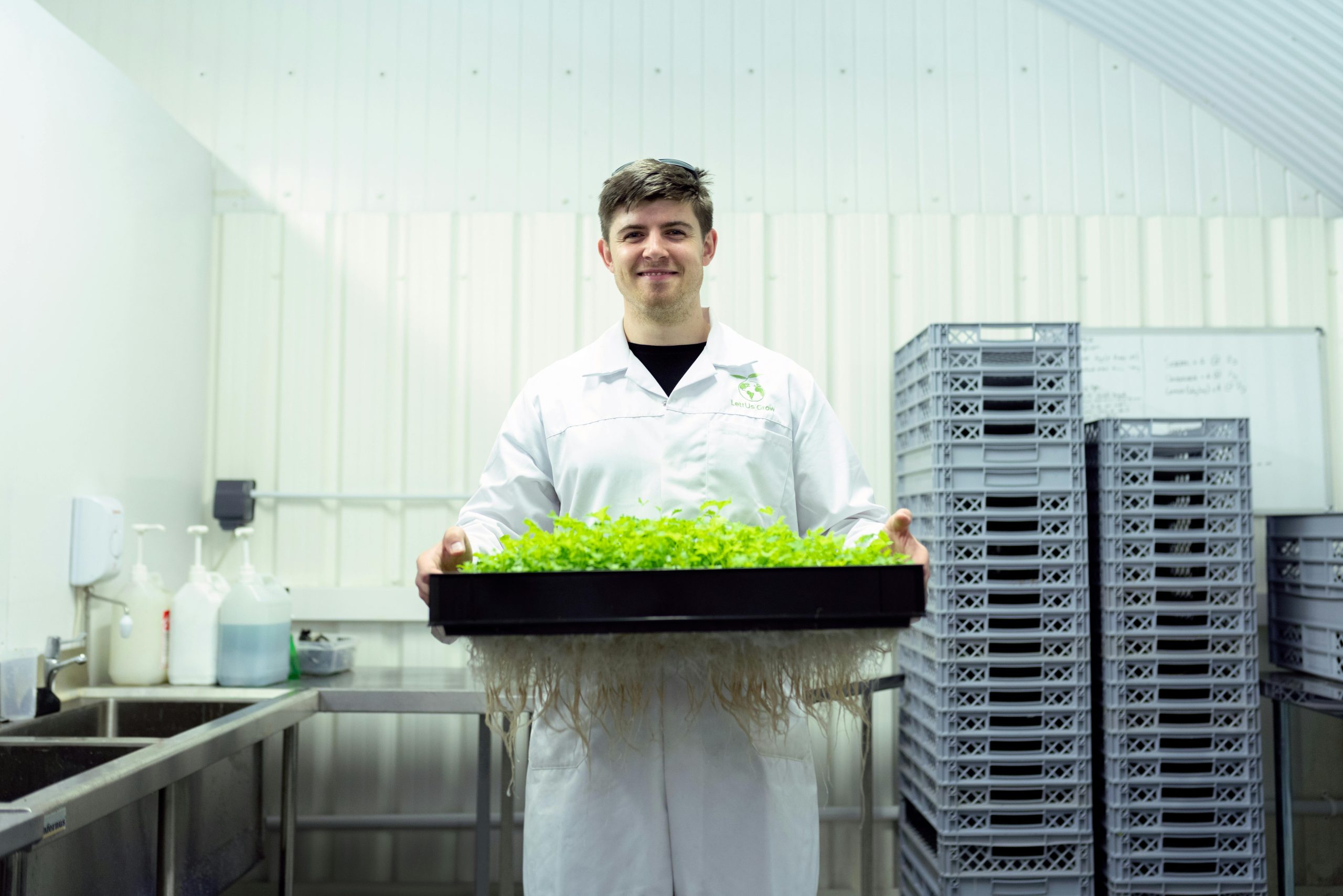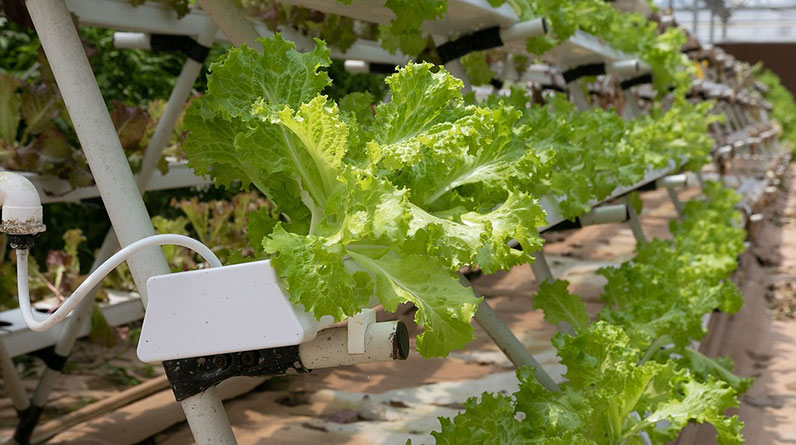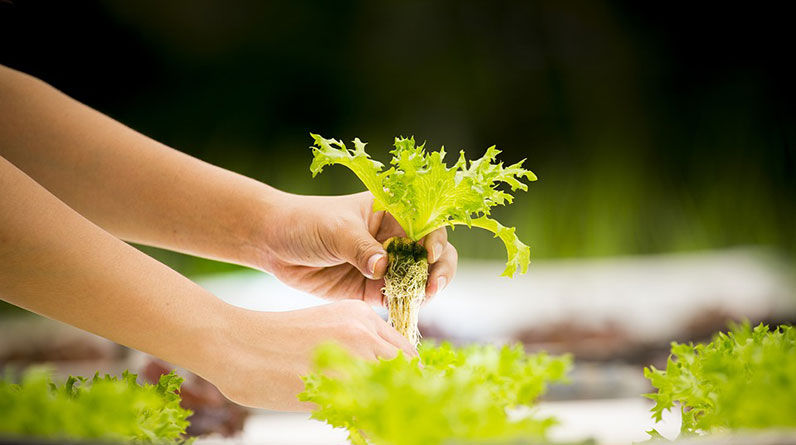
- 1. Optimize Vertical Space
- 2. Use Recirculating Systems
- 3. Select Appropriate Lighting
- 4. Incorporate Automation Technologies
- 5. Focus on Water Quality and Management
- 6. Design for Easy Maintenance
- 7. Use Sustainable Materials
- 8. Plan Crop Rotation and Succession Planting
- 9. Integrate Data-Driven Monitoring
- 10. Prioritize Aesthetic Appeal and Functionality
1. Optimize Vertical Space
Maximizing Grow Rooms with Vertical Farming
In 2025, hydroponic garden design increasingly emphasizes vertical farming to maximize limited space, especially for urban growers. Installing multi-tiered shelves or vertical towers allows you to grow more plants in a smaller footprint. For example, stacking hydroponic units enables efficient space utilization and high-yield production.
Vertical systems not only optimize space but also improve air circulation and light exposure, which are vital for plant health. When designing your hydroponic garden, consider adjustable racking systems that facilitate maintenance and scalability. This approach is especially beneficial for commercial growers aiming for higher productivity.
Moreover, vertical hydroponic setups can be integrated with automated watering and lighting systems, making resource management easier. Focus on choosing lightweight, durable materials that support your plant structures safely, ensuring your hydroponic garden design is both effective and sustainable.
2. Use Recirculating Systems
Benefits of Water Recirculation
Recirculating hydroponic systems are central to efficient hydroponic garden design. They reuse water, reducing waste and lowering operating costs â a critical advantage in 2025 as water conservation becomes even more essential. By setting up a closed-loop system, growers can maintain a stable environment and reduce water consumption by up to 90% compared to traditional methods.
This system involves a pump circulating nutrient-rich water through the plants, then collecting it back into a reservoir for reuse. Proper filtration and monitoring are crucial to prevent algae buildup and pathogen proliferation, ensuring plant health. Advanced sensors enable precise control of water quality parameters, facilitating better crop yields.
Implementing recirculating systems also allows for real-time adjustments to nutrient and pH levels, creating an optimal environment that promotes faster growth. This strategy enhances the sustainability of your hydroponic garden design while maximizing productivity in 2025.
3. Select Appropriate Lighting
Choosing the Right Light Spectrum
Lighting plays a pivotal role in hydroponic garden design, especially for indoor systems. In 2025, LED grow lights are the standard due to their energy efficiency and customizable spectral output. Selecting lights with the right spectrumâprimarily blue and red wavelengthsâcan significantly enhance photosynthesis and plant growth.
For leafy greens and herbs, cooler blue-heavy lighting promotes vigorous foliage, while warmer red spectra benefit flowering and fruiting crops. Incorporating full-spectrum LED fixtures allows your hydroponic garden to emulate natural sunlight, maximizing plant health regardless of external conditions.
Additionally, implementing smart lighting controls, such as timers and dimmers, helps optimize energy use and mimics the natural light cycle. Proper lighting design ensures your hydroponic garden in 2025 remains productive, sustainable, and cost-effective.
4. Incorporate Automation Technologies
Smart Monitoring and Control Systems
Automation is transforming hydroponic garden design, making it more precise and low maintenance. Using IoT-enabled sensors, growers can monitor vital parameters such as temperature, humidity, pH, and nutrient levels in real-time. These systems enable automatic adjustments, reducing manual labor and potential errors.
In 2025, integrating automation with your hydroponic garden design boosts efficiency. For example, automated nutrient dosing and water recirculation maintain ideal conditions, supporting rapid plant growth. This technology also allows remote monitoring, giving growers flexibility and peace of mind.
Adopting automation not only enhances crop yields but also minimizes resource waste, aligning with sustainable practices. Start with reliable systems from reputable vendors and plan for ongoing updates to stay ahead in hydroponic technology trends.
5. Focus on Water Quality and Management
Maintaining Optimal Water Conditions
Water quality is fundamental to the success of any hydroponic garden design. In 2025, advanced filtration and water treatment solutions ensure nutrient solutions remain free of contaminants and pathogens. Regular testing of pH, EC (electrical conductivity), and dissolved oxygen levels helps maintain plant health and maximize nutrient uptake.
Consistently high-quality water reduces the risk of diseases and promotes robust growth. Incorporate sensors and automated systems to monitor these parameters continuously, allowing quick corrective actions when needed. Additionally, sourcing clean water is essential for sustainability and operational efficiency.
Implementing a comprehensive water management strategy, including waste water recycling and rainwater harvesting, can further enhance eco-friendliness of your hydroponic garden design. Proper water management in 2025 is not just a best practice but a necessity for successful cultivation.
6. Design for Easy Maintenance
Planning for Simplicity and Accessibility
Effective hydroponic garden design in 2025 prioritizes ease of maintenance. Well-planned layouts with accessible tubing, reservoirs, and grow trays save time and reduce frustration. Regular tasks like cleaning, harvesting, and adjusting systems are made simpler with clear pathways and modular components.
Using standardized parts and quick-connect fittings minimizes downtime when repairs or adjustments are necessary. Siting important components at comfortable heights and angles improves ergonomics and safety during routine care.
Incorporating features like removable filters and accessible nutrient reservoirs ensures your hydroponic garden remains in peak condition with minimal effort. A maintenance-friendly design is key to sustaining productivity and longevity in 2025’s competitive market.
7. Use Sustainable Materials
Eco-friendly Components for Long-term Success
Sustainable hydroponic garden design in 2025 embraces eco-friendly materials that reduce environmental impact. Using recycled plastics, biodegradable grow media, and low-impact structural components enhances the sustainability of your setup.
Materials like food-grade stainless steel or BPA-free plastics ensure safety and durability. Avoiding toxic chemicals in construction parts prevents contamination of your crops and aligns with organic growing principles.
Additionally, choosing renewable or locally sourced materials supports eco-conscious practices and can reduce costs. A sustainable material palette not only benefits the environment but also reassures consumers seeking organic and green products.
8. Plan Crop Rotation and Succession Planting
Maximizing Yield and Diversity
Strategic crop planning is vital for a productive hydroponic garden design. In 2025, implementing crop rotation and succession planting ensures continuous harvests and prevents nutrient depletion or disease buildup.
Mixing fast-growing greens with longer-term crops diversifies your harvests and improves resource utilization. Tracking growth cycles and planting schedules allows for seamless transitions, maximizing space and yield.
Advanced planning tools and data analytics can support this process, helping you predict optimal planting times based on crop maturity and market demand. A well-thought-out crop rotation plan sustains crop health and enhances economic viability in your hydroponic operation.
9. Integrate Data-Driven Monitoring
Leveraging Technology for Precision Agriculture
In 2025, data-driven approaches are redefining hydroponic garden design. Integrating comprehensive monitoring systems provides insights into environmental conditions, plant health, and system performance. This data enables precise decisions that optimize growth conditions.
Using AI-powered analytics, growers can predict issues before they escalate, such as nutrient deficiencies or pest outbreaks. Collecting and analyzing data over time supports continuous improvement and higher yields.
Embracing this technology transforms hydroponic gardening from a manual craft into a science-driven enterprise. It also aligns with sustainability goals by reducing resource waste and improving crop quality.
10. Prioritize Aesthetic Appeal and Functionality
Designing for Visual and Practical Impact
A successful hydroponic garden design isn’t just about productivity; it must also be visually appealing and functional. In 2025, integrating aesthetic elementsâlike decorative plant walls or colorful containersâcan inspire and motivate growers.
Combining beauty with practicality involves designing layouts that facilitate workflow while creating inviting green spaces. Use matching or themed components, incorporate natural lighting, and add decorative elements for a pleasing environment.
Such thoughtful design enhances user experience and makes your hydroponic garden a sustainable and attractive feature of your space. Remember, an engaging and functional environment encourages regular care and fosters a thriving indoor or urban farm.
Conclusion
Effective hydroponic garden design is essential to achieving success in 2025. By implementing strategies such as optimizing vertical space, using recirculating systems, choosing the right lighting, and integrating automation technologies, you can create a highly productive and sustainable garden. Focusing on water quality, easy maintenance, eco-friendly materials, and data-driven management further elevates your setup. Remember, a well-planned hydroponic garden design not only boosts yields but also fosters sustainability and visual appeal, making your indoor or urban farm both efficient and enjoyable. Embrace these strategies, and you’ll be poised for a successful 2025 in hydroponic cultivation!
Frequently Asked Questions
- What is the most important aspect of hydroponic garden design?
- While many aspects are crucial, water quality and system efficiency are foundational to a successful hydroponic garden design, ensuring healthy plant growth and sustainability.
- How can I make my hydroponic garden more sustainable in 2025?
- Use eco-friendly materials, incorporate water recycling systems, choose energy-efficient lighting, and optimize resource management to enhance sustainability.
- What are some common mistakes to avoid in hydroponic garden design?
- Avoid poor water management, inadequate lighting, and neglecting system accessibility. Proper planning and regular monitoring help prevent these issues.
- How does automation improve hydroponic garden success?
- Automation allows precise control of environmental parameters, reduces manual labor, improves resource efficiency, and increases crop yields in your hydroponic garden.
- Why is vertical space optimization important?
- Vertical space optimization enables higher plant density, maximizes limited grow area, and improves overall garden productivity, especially in urban settings.


